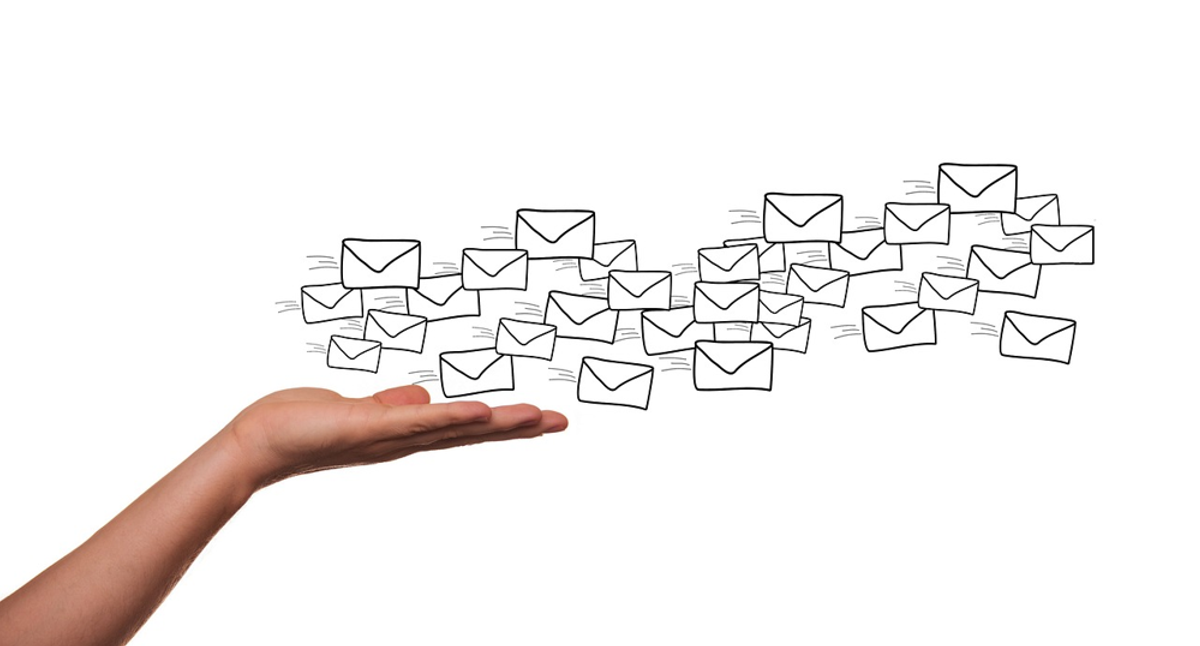Email marketing is often called the workhorse of digital marketing – and for good reason. Even in 2025, email delivers an outstanding return on investment (on average 36:1 ROI) , far outpacing many other channels. But success doesn’t come from blasting generic newsletters to everyone. The trend is toward smarter, more personalized, and privacy-friendly emails that respect users’ data and preferences.
Privacy matters more than ever. With regulations like GDPR and California’s CCPA in effect and moves like Apple’s Mail Privacy Protection hiding open rate data, email marketers have had to adjust. In 2025, leading marketers practice “privacy-proofing” their email programs . This means obtaining clear consent (e.g. using double opt-in signups), being transparent about data use, and relying on zero-party data – information willingly shared by subscribers about their preferences . For example, you might let users set what content they want or how often to hear from you via a preference center. By respecting privacy and giving control, you build trust (and also protect your deliverability as inbox providers favor emails that users genuinely engage with).
At the same time, email content is getting a boost from AI. Generative AI tools can help write subject lines, suggest email copy, or even tailor content to each segment. Far from replacing human marketers, AI is acting like an assistant to save time and improve results . For instance, AI can analyze past campaigns to predict which product offers a subscriber might be interested in, or generate multiple subject line variations to A/B test. Many companies in 2025 use AI to draft baseline content which humans then refine to ensure it’s on-brand and emotionally resonant. The result is often faster production of highly relevant emails, from automated welcome series to re-engagement campaigns, all with messaging that feels one-to-one.
Automation and lifecycle emails continue to be big wins. Rather than one-off “email blasts,” marketers are setting up automated sequences that nurture customers over time . Think drip campaigns for new subscribers, post-purchase follow-ups, birthday offers, or reactivation notes if someone hasn’t opened emails in a while. These triggered emails, powered by marketing automation platforms, ensure you reach people with the right message at the right moment. By 2025, most businesses (even smaller ones) leverage some form of marketing automation – and those that do see higher engagement because the content is timely and contextually relevant.
Another trend is the rise of interactivity and rich media in emails. With better support for interactive elements, some emails now function like mini webpages. You can have image carousels, quizzes or surveys, even the ability to shop within an email. Such interactive emails (using AMP for Email or similar technology) boost engagement by letting subscribers take action without leaving their inbox. Even something simple like an interactive poll within an email can significantly increase click rates, as subscribers feel more involved.
Meanwhile, the old stalwarts of email marketing still hold true: segmentation and personalization. In 2025, batch-and-blast is a dead strategy. Successful email marketers segment their lists by meaningful criteria – purchase history, browsing behavior, location, etc. – and tailor content accordingly. If you know someone has shown interest in a certain product category, your emails to them should reflect that (and conversely, not bore those who aren’t interested). Personalization goes beyond just using a first name; it’s about using data to send content people actually want. And personalization works – it’s common to see significantly higher open and click rates for tailored emails versus generic ones.
Finally, measuring success has evolved. With open rates becoming less reliable (due to privacy changes), marketers in 2025 focus on more concrete metrics: click-through rates, conversion rates, and downstream sales or retention attributable to email. Many are also paying attention to engagement over time – identifying loyal readers versus those who have gone quiet, and managing their lists by attempting re-engagement or removing truly inactive contacts to maintain good deliverability. The emphasis is on quality of engagement, not just email quantity.
In summary, email marketing in 2025 is about being more respectful, more relevant, and more automated. By respecting subscriber privacy choices, leveraging AI and automation to send the right message at the right time, and crafting interactive, personalized content, you can keep email a top-performing channel. The inbox is more crowded than ever, but with the right strategy, your emails can still delight users and drive impressive results – all while building a lasting relationship with your audience.




